The London Natural History Museum has undergone its biggest transformation in 136 years, welcoming the arrival of a 25.2-metre blue whale skeleton.
Blue whales were one of the first species to be protected on a global scale. This stunning specimen, suspended from the ceiling of Hintze Hall, has been named Hope as a symbol of our power to create a sustainable future.
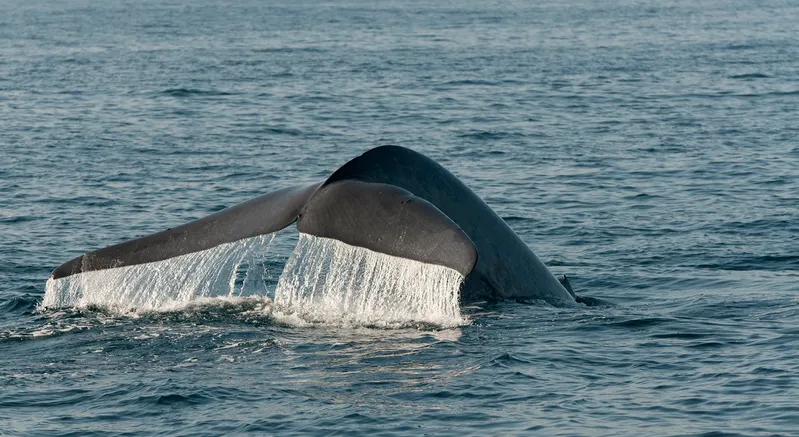
"This is a landmark moment for the Museum and for the millions of people from all over the world who visit us. The transformation of Hintze Hall represents a new era for us as a natural history museum for the future," says Sir Michael Dixon, Director of the Natural History Museum.
"Putting our blue whale, Hope, at the centre of the Museum, between living species on the West and extinct species on the East, is a powerful reminder of the fragility of life and the responsibility we have towards our planet."
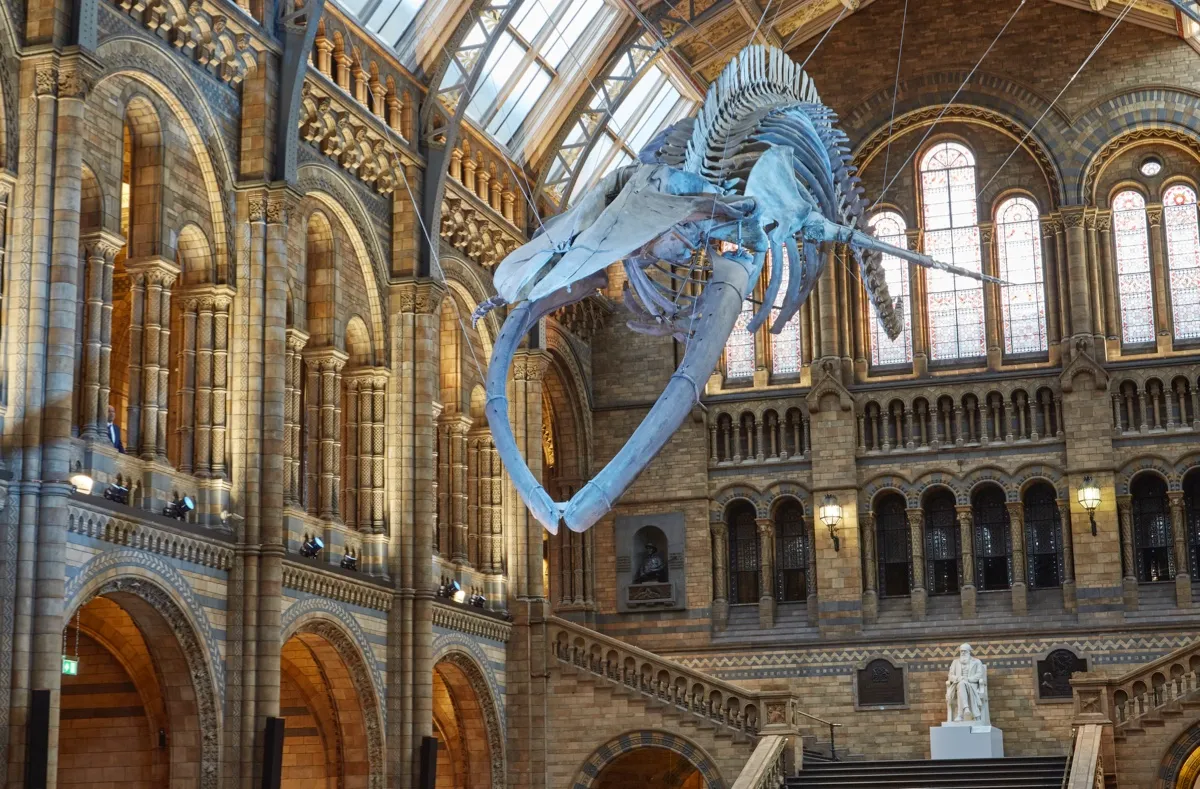
The whale was around 10-15 years old when it died on the shores of Wexford, Ireland in 1891. The skeleton weighs approximately three tonnes.
The skeleton arrived at the museum in 1892 where it was put into storage. In 2015 museum directors decided that this colossal exhibit would take centre stage in the main hall.
Staff have spent almost three years preparing the 126-year-old skeleton for its new role in the entrance hall.
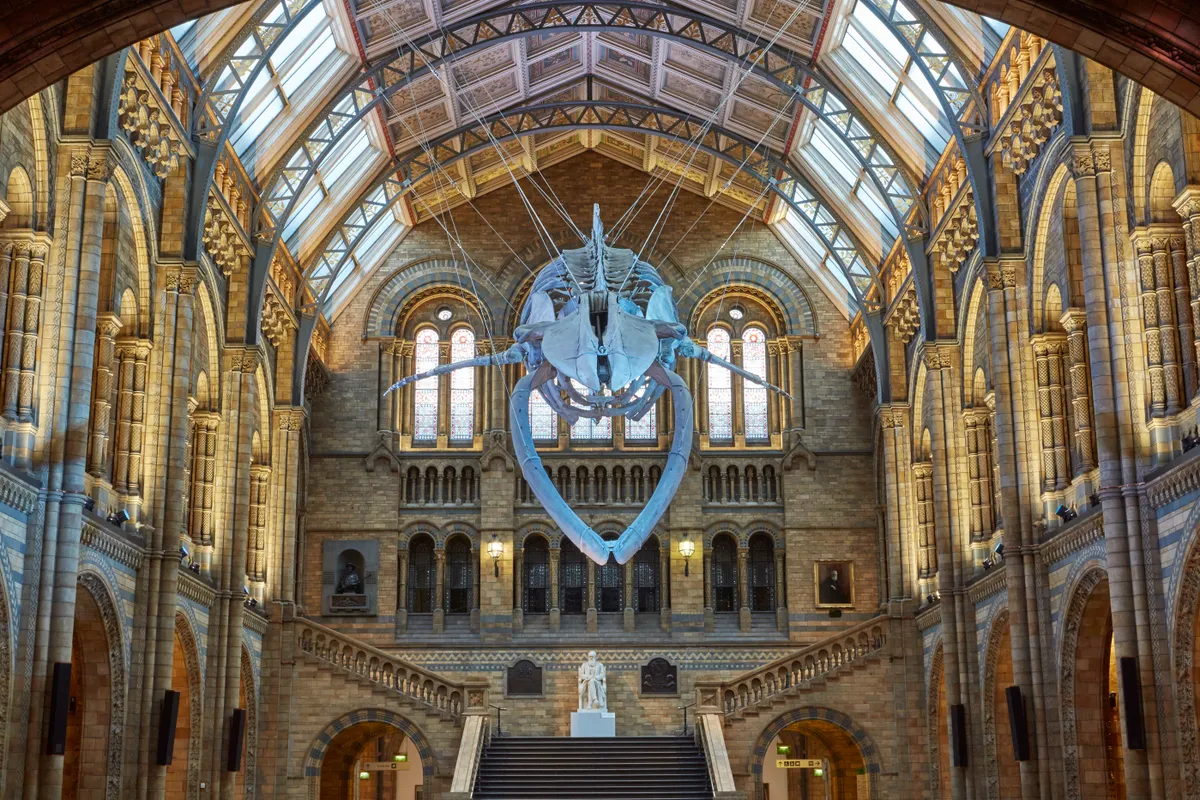
Richard Sabin, the museum's leading whale expert, believes that the skeleton will give the museum a new lease of life. “I think when people see that enormous skeleton, in that wonderful space, any critics we have will be silenced and children over the next twenty to thirty years will come to see the whale as the new iconic specimen of the museum.”
"It is impossible not to be struck by the sheer scale and majesty of this beautiful creature as she dives towards you when you enter the Museum."
"Hope is the only blue whale skeleton in the world to be hung in the diving lunge feeding position," adds the Museum's Head of Conservation Lorraine Cornish."
"Suspending such a large, complex and historical specimen from a Victorian ceiling was always going to be challenging, but we were determined to show her in as lifelike position as possible and we are thrilled that the result is truly spectacular."
"Whilst working on the 221 bones we uncovered past conservation treatments, such as the use of newspaper in the 1930s to fill the gaps between the vertebrae, and we were able to use new methods for the first time, including 3D printing a small number of bones missing from the right flipper."
The previous occupant of Hintze Hall – Dippy, the Diplodocus dinosaur skeleton cast – is soon to begin a two-year tour of the UK.
UK whale guide
Britain's water's are home to several species of whale. Learn more with our UK whale guide.
Blue Whale
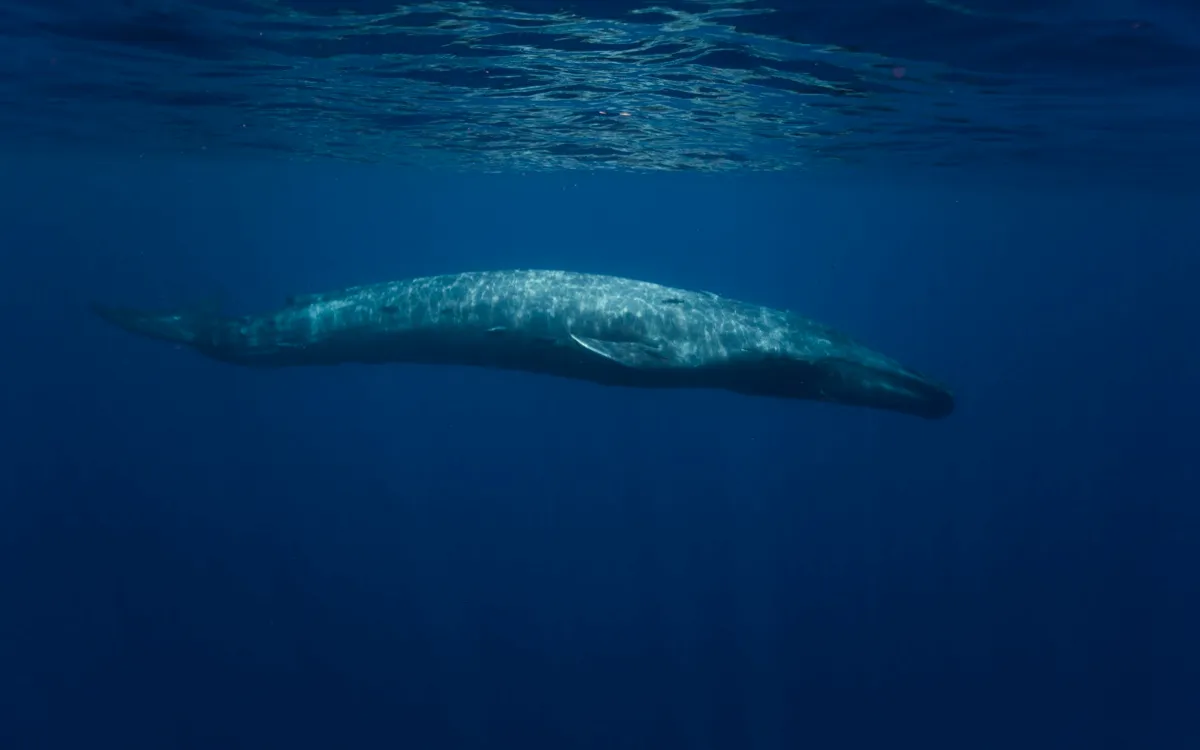
Length: Up to 29.9 metres
Weight: Up to 173 tonnes
Lifespan: 80-110 years
Diet: Krill and copepods
Threats: Over fishing and ship strikes
Orca (Killer Whale)
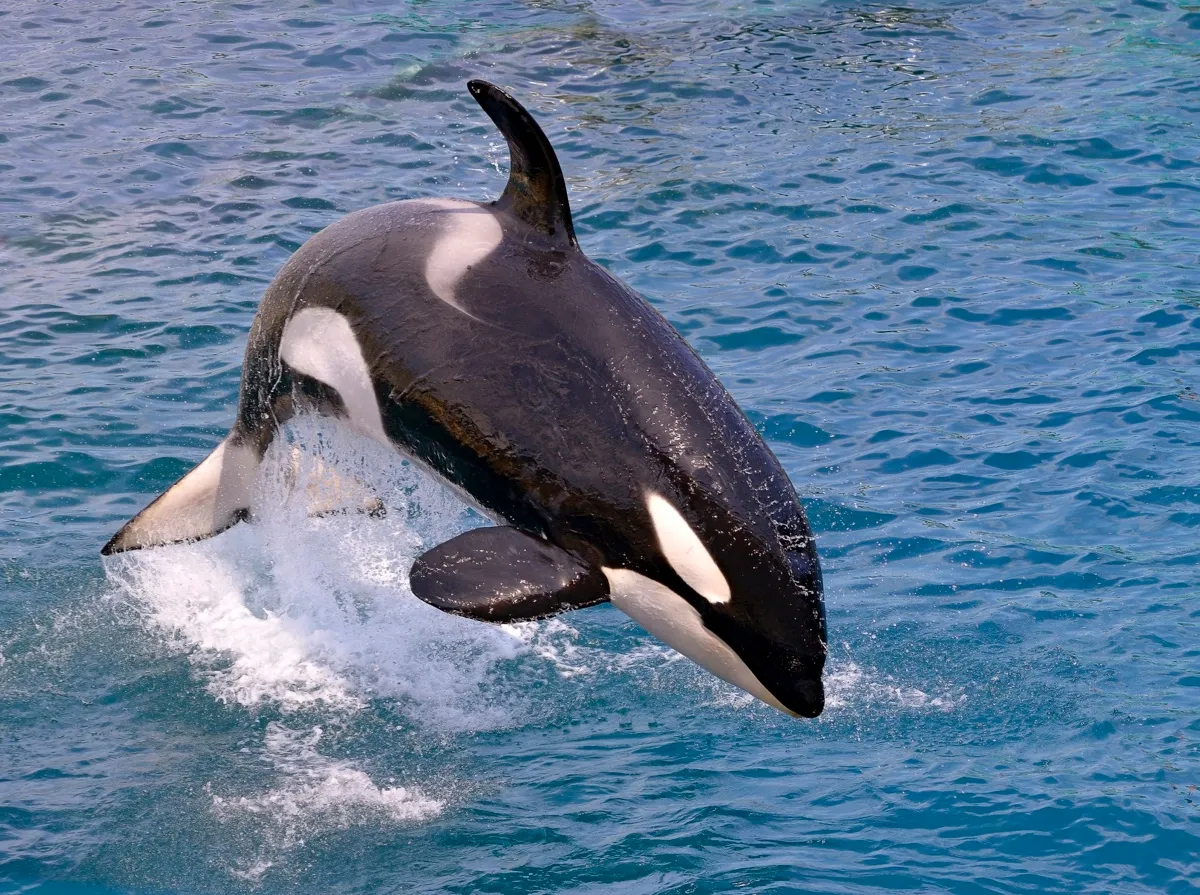
Length: Up to 8 metres
Weight: Up to 5,400 kg
Lifespan: 17-29 years
Diet: Squid, octopuses, sea turtles and seals
Threats: Pollution and chemical contamination
Humpback Whale
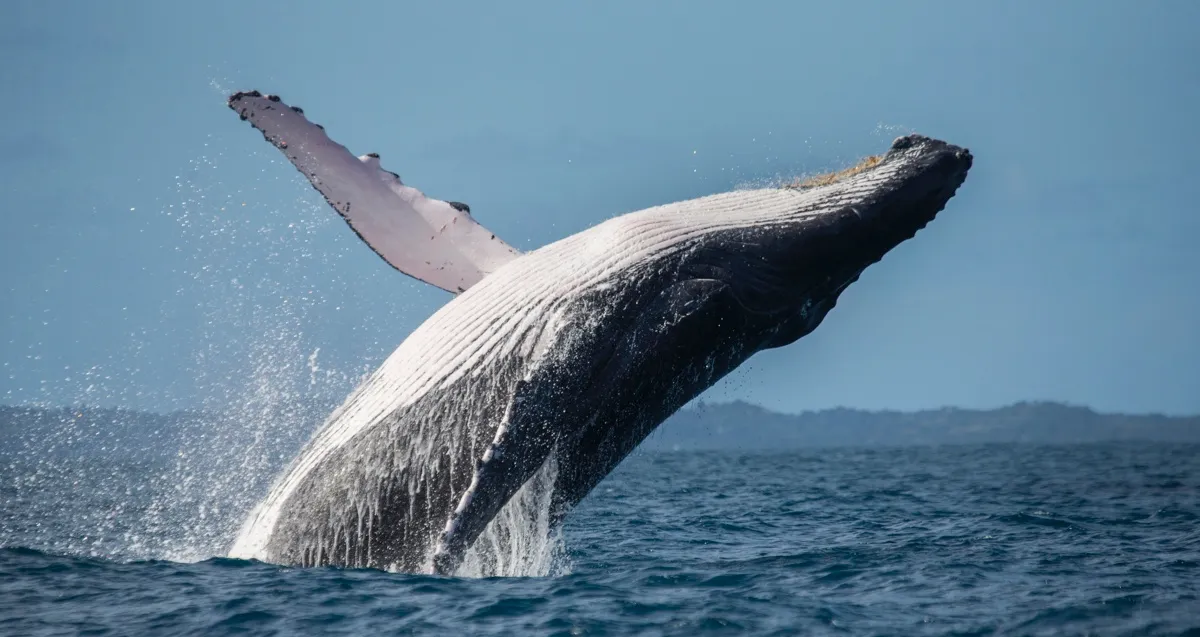
Length: Up to 16 metres
Weight: Up to 30,000 kg
Lifespan: 45-50 years
Diet: Krill, copepods and small fish
Threats: Pollution and ship strikes
Sperm whale
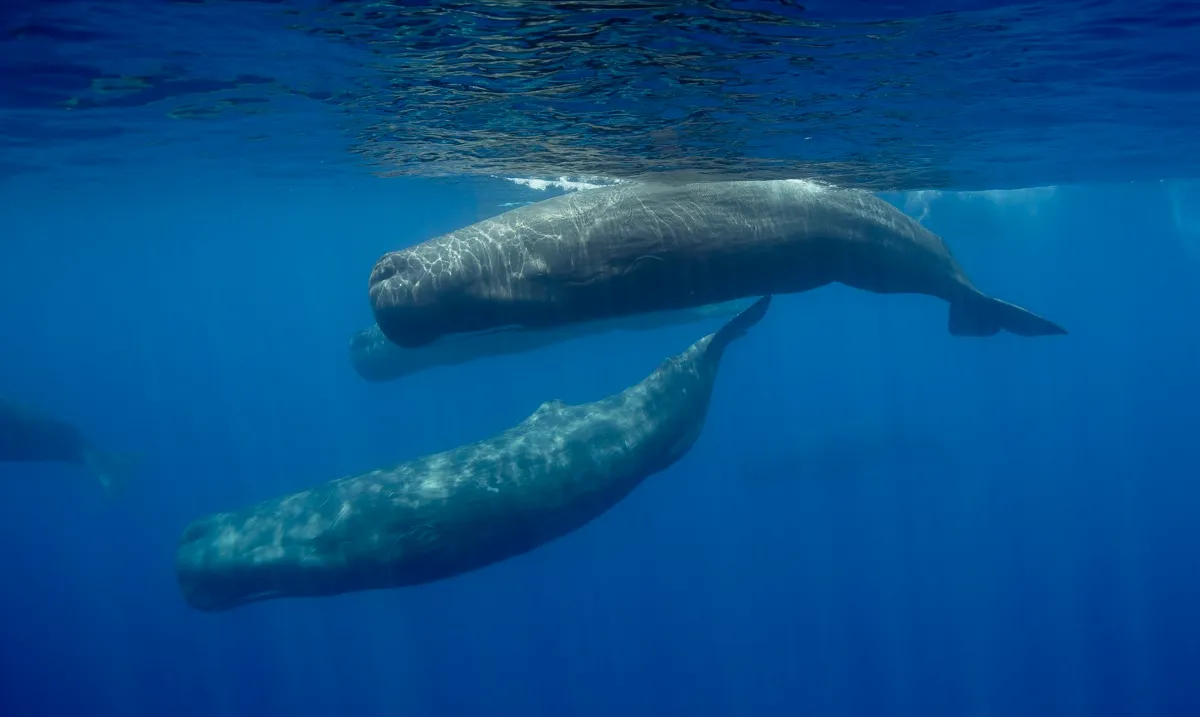
Length: Up to 12 metres
Weight: Up to 57,000 kg
Lifespan: Up to 70 years
Diet: Giant squid, octopus, shrimp and crab
Threats: Ship strikes, entanglement in fishing gear and pollution
Minke Whale
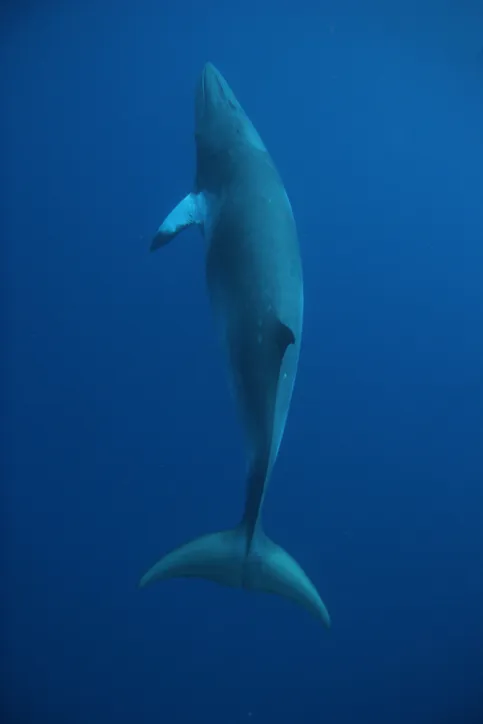
Length: Up to 10 metres
Weight: Up to 10,000 kg
Lifespan: 40-50 years
Diet: Sandeel, herring and whiting and some plankton
Threats: Collisions with ship and marine litter